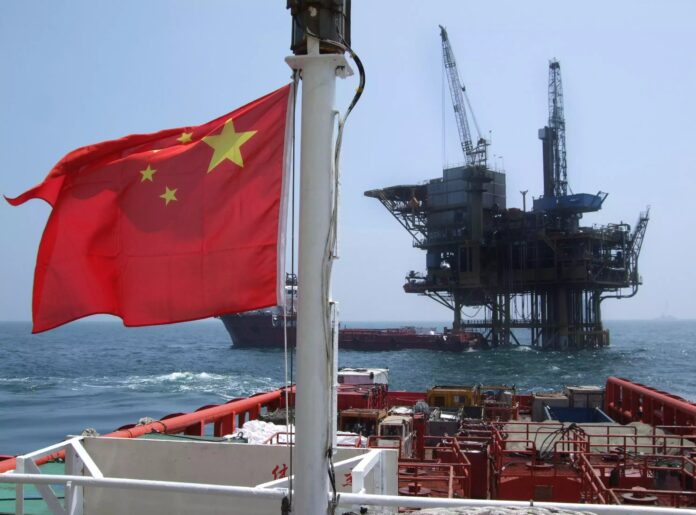China is both the biggest driver of future demand for crude oil, and the biggest risk to global refining as it will continue to hold much of the world’s spare capacity.
The International Energy Agency’s (IEA) medium-term oil market report, released on Wednesday, forecast that Asia, and particularly China, was the engine of crude oil and refined product demand growth up until 2028.
China is also expected to add the most amount of crude refining capacity over the period from 2022 to 2028, and hold the largest volume of spare capacity, according to the IEA, which acts as an energy adviser to developed nations.
The report highlights that this presents both opportunities and risks for the global oil and product markets.
The main risk is that the world’s reliance on China’s exports of refined fuels increases, but China’s exports aren’t determined by market imperatives.
Rather, China’s refined product exports are subject to quotas granted by Beijing, which acts more in what it deems the interests of the domestic economy and markets, rather than what the global markets may be signalling.
The IEA said China had about 3 million barrels per day (bpd) of unused refining capacity at the beginning of 2023.
It expects that China’s unused capacity will rise to 3.2 million bpd by 2028 as additional refining units are added at a faster pace than throughput volumes.
Over the 2022-28 period China will add 1.5 million bpd of new refining capacity, taking nameplate capacity to 19.7 million bpd, but processing volumes are expected to rise to 16.5 million bpd over the forecast period.
The IEA said its forecast for global product balances over the 2022-28 period is “heavily dependent on higher Chinese product exports, especially for diesel”.
China risks
The risks of relying on China for product exports have already been shown, with its exports of the transport and industrial fuel slumping last year, which led to the profit margin on a barrel of diesel in Asia skyrocketing.
The crack, or profit, of producing a barrel of diesel at a typical Singapore refinery hit a record high of $68.69 a barrel in June last year.
Part of this was driven by the feared loss of Russian diesel from global markets after Russia invaded Ukraine, but China’s exports of diesel were weak at the same time, dropping to a 7 1/2-year low in May 2022.
As China’s diesel shipments recovered, the crack started falling and a rapid acceleration in exports in the second half of 2022 and in the first quarter of this year saw the profit per barrel slide to a 28-month low of $10.08 in late April.
A further risk for global oil and product markets is that much of China’s extra demand over the 2022-28 period is to feed petrochemical plants, rather than to produce transport fuels such as gasoline, diesel and jet fuel.
China will account for 51% of all new petrochemical capacity over the forecast period, which will boost its naphtha consumption by 1 million bpd and lift liquid petroleum gas (LPG) demand by 500,000 bpd, the IEA said.
The increase in the two main petrochemical feedstocks accounts for 54% of China’s total forecast oil demand over the 2022-28 period, the IEA said.
This raises the risk that while China will be driving global crude demand, it won’t be adding that much more to the supply of diesel and gasoline as it diverts more oil to petrochemical production.
Overall, the view from the IEA report is that there are increasing risk to having much of the world’s spare oil refining capacity in China, where it is subject to bureaucratic whims and domestic policy requirements, rather than being responsive to global market dynamics.

































